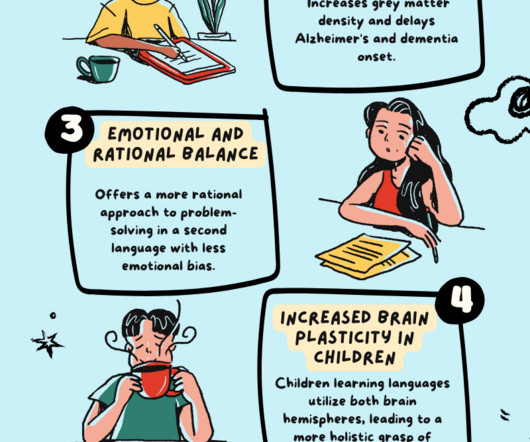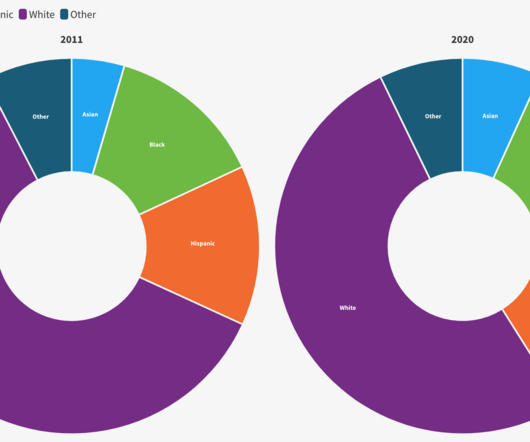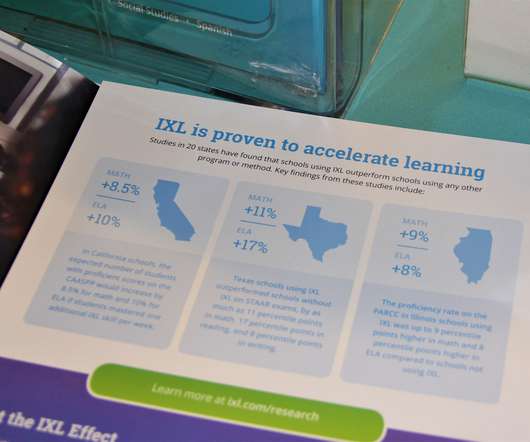Research-based Benefits of Being Bilingual
Educational Technology and Mobile Learning
JANUARY 2, 2024
These studies offer intriguing findings – from enhanced executive control to potential protective effects against cognitive decline. The following is a concise summary of key findings from various research studies, highlighting the multifaceted benefits that bilingualism can bring to cognitive functions and overall brain health.






























Let's personalize your content